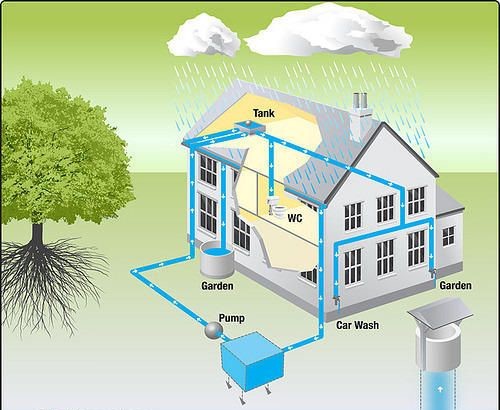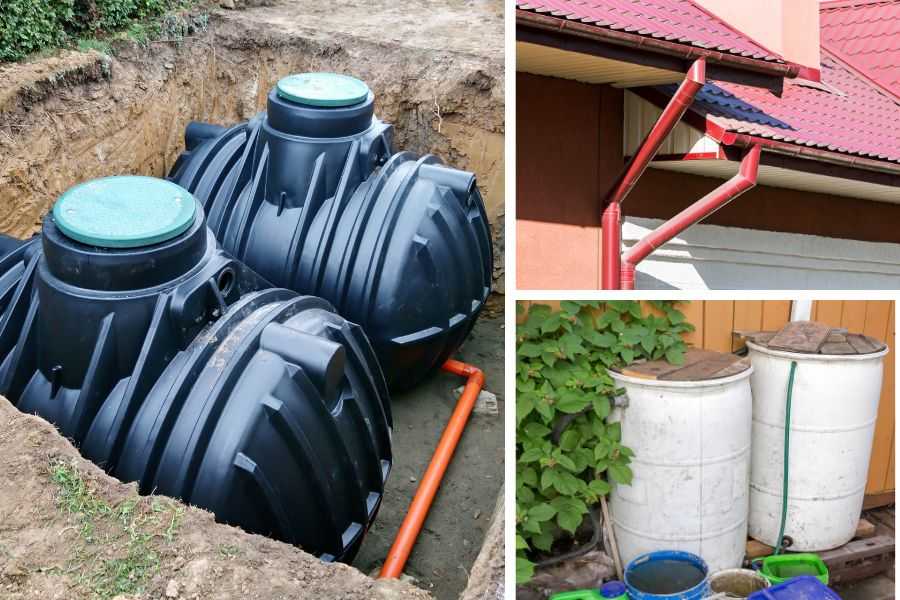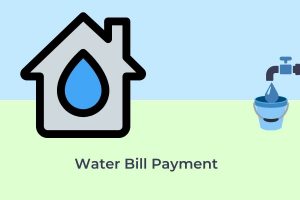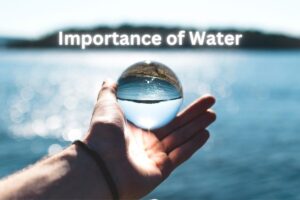Water scarcity is one of the most significant global challenges. To address this, we require effective water management systems. One of the most effective solutions is Rainwater Harvesting. In simple words, it is the process of collecting and storing rainwater for later use. This method is easy, eco-friendly, and highly beneficial for both urban and rural areas.
What is Rainwater Harvesting?
It is the technique of collecting and storing rainwater from rooftops, surfaces, or landscapes for different uses. It can be used for irrigation, household needs, groundwater recharge, and even small industries. Unlike other water supply methods, it utilises natural rainfall, making it both cost-effective and sustainable.
Methods of Rainwater Harvesting
Roof Rainwater Harvesting
It is the most popular and easiest method for storing rainwater. Rainwater is collected from the roof through pipes and stored in a tank. This stored water can later be used for various purposes. For example, it can be used for washing, gardening and flushing toilets. This arrangement can reduce dependence on municipal water in urban areas.
Surface Water Harvesting
Surface water harvesting is the process of collecting and storing water from roads, farmland, or parking areas and using it as a source of water. It is widely used in rural areas where water is needed for agriculture. This method helps to prevent flooding during heavy rainfall.

Rain Gardens and Swales
Rain gardens and soil are environmentally friendly landscaping solutions. They capture rainwater, naturally filter it, and recharge groundwater. These methods not only conserve water but also improve soil health and reduce pollution.
Benifits of Rainwater Harvesting
1. Water Conservation
It helps reduce the demand for potable water from municipal sources, thus conserving water resources for future generations.
2. Reduced Water Bills
You can reduce your water bill by using collected rainwater for non-potable uses such as irrigation and flushing toilets.
3. Environmental Benefits
It reduces runoff, reducing soil erosion and the risk of flooding.
4. Groundwater Recharge
Collected rainwater can recharge the groundwater aquifers, thus maintaining the groundwater level.
Disadvantages of Rainwater Harvesting
Despite its many benefits, there are some drawbacks to rainwater harvesting:
1. Initial Costs
Installing this system can be expensive & requires an initial investment.
2. Maintenance
Rainwater harvesting systems require regular Maintenance, such as cleaning gutters and filters, to ensure optimal performance.
3. Water Quality
Harvested rainwater may contain pollutants or contaminants, so it may not be suitable for drinking without proper treatment.
Conclusion:
It is a smart and eco-friendly method of water conservation and it provides long-term benefits to our society. It reduces dependence on external water sources and ensures a sustainable future. By adopting roof rainwater harvesting or other methods, communities and individuals cannot only save money and conserve water but also contribute to the vital task of recharging groundwater.
FAQs on Rainwater Harvesting
What are the different methods of rainwater harvesting?
The main methods of rainwater harvesting are roof rainwater harvesting, surface runoff harvesting, and rain gardens/swales. Roof harvesting is best for cities, surface harvesting is ideal for rural farming areas, and rain gardens are eco-landscaping solutions. Each method has unique benefits, but all help conserve water and reduce wastage.
What are the benefits of rainwater harvesting?
The biggest rainwater harvesting benefits include saving water, lowering water bills, preventing floods, reducing soil erosion, and recharging groundwater. It also decreases pressure on municipal water supply systems. On a larger scale, it supports sustainable development by reducing water scarcity and ensuring clean water availability for future generations.
Is rainwater safe to drink?
Rainwater itself is pure, but when it touches rooftops or surfaces, it may pick up dust, dirt, and pollutants. Without treatment, it is not safe for drinking. However, if you use proper filtration and purification methods, harvested rainwater can be converted into potable water. This makes it a useful alternative in areas facing drinking water shortages.
What is a Rainwater Harvesting in simple words?
Rainwater harvesting means collecting rainwater and storing it for later use. It is one of the best solutions for water scarcity. The collected water can be used for daily activities like washing clothes, gardening, or even flushing toilets. With proper filtration, it can also be made safe for drinking. This process is simple, eco-friendly, and affordable in the long run.




